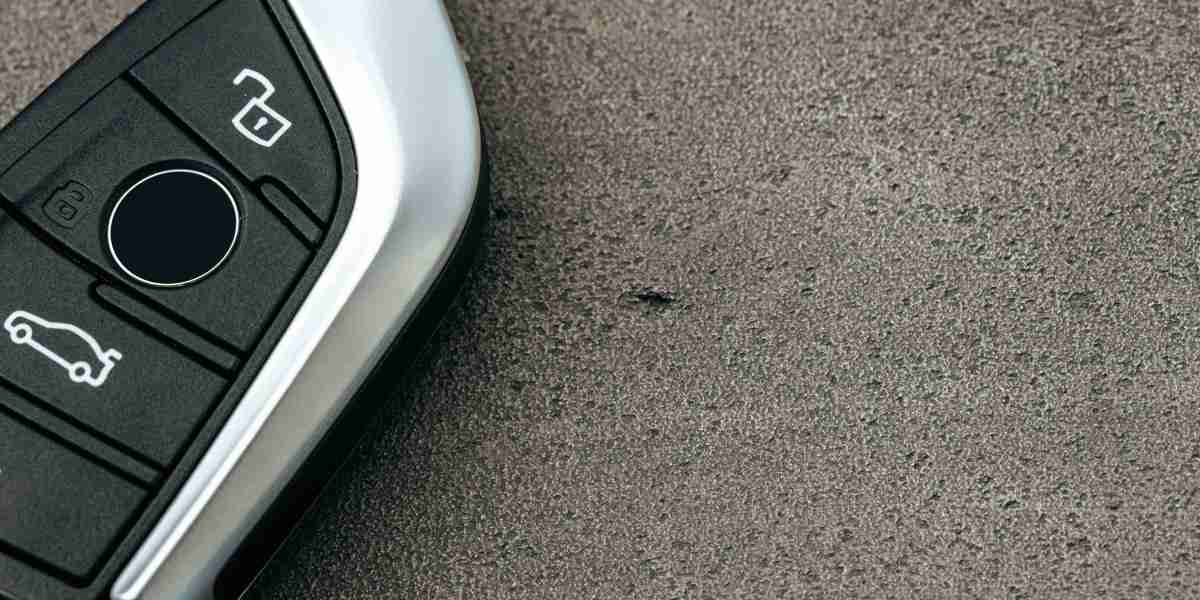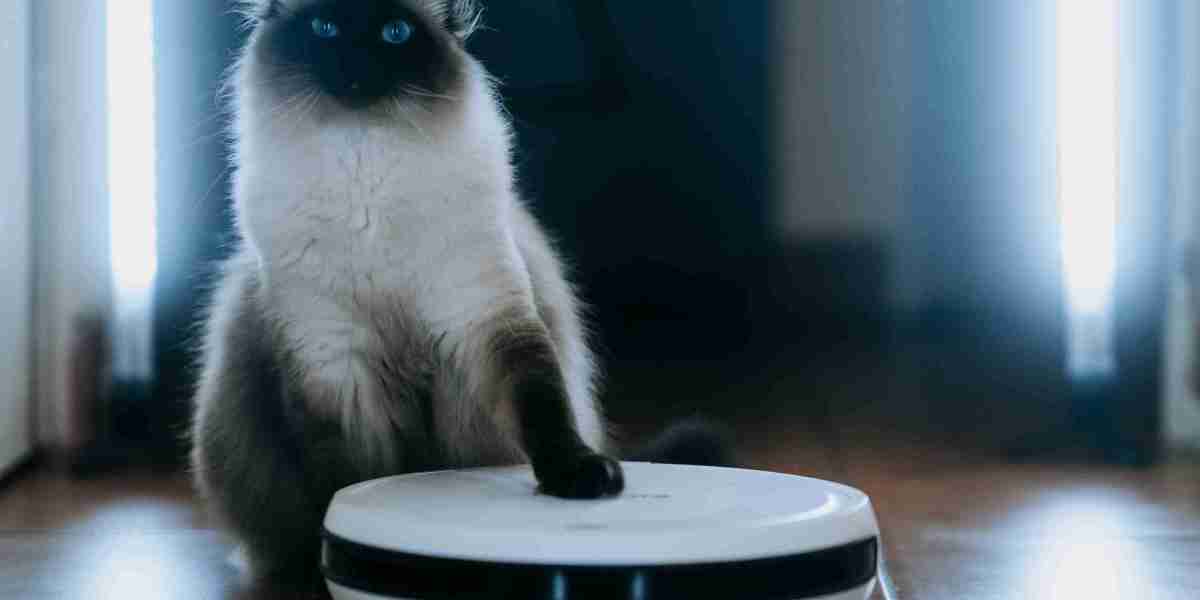Skylight Window Repair: Maintaining the Beauty and Functionality of Your Home
Skylights are a lovely and functional addition to any home, supplying natural light, ventilation, and a connection to the outdoors. Nevertheless, like any other part of a home, skylights need maintenance and occasional repair. Whether due to age, weather damage, or wear and tear, skylight repairs can vary from minor modifications to significant replacements. This article provides an extensive guide to skylight double glazing window repairs double glazing repair near me, helping house owners comprehend typical issues, the repair process, and how to extend the lifespan of their skylights.

Understanding Skylight Windows
Skylights are windows set up in the roofing system or ceiling of a building, developed to let in natural light and, in some cases, provide ventilation. They come in numerous sizes and shapes, consisting of flat, dome, and pyramid, and can be made from materials such as glass, acrylic, or polycarbonate. Effectively installed and kept skylights can improve the visual and energy efficiency of a home, but they undergo unique difficulties due to their direct exposure to the elements.
Typical Skylight Issues
Leakages and Water Damage
- Causes: Improper installation, harmed seals, split glass, or deteriorated flashing.
- Signs: Water stains on the ceiling, wetness around the skylight, or visible water leak throughout rain.
Cracked or Broken Glass
- Causes: Impact from falling items, hail, or extreme temperature level modifications.
- Signs: Visible cracks or breaks in the glass.
Mold and Mildew Growth
- Causes: Moisture accumulation, bad ventilation, or condensation.
- Symptoms: Dark areas or a musty odor around the skylight.
Misting and Condensation
- Causes: Improper seals, high humidity, or temperature level differentials.
- Symptoms: Foggy glass, wetness beads, or a persistent haze.
Operational Problems
- Causes: Worn or damaged parts, absence of lubrication, or particles in the system.
- Signs: Difficulty in opening or closing the skylight, or it might not open at all.
Structural Damage
- Causes: Aging, poor setup, or extreme weather.
- Symptoms: Sagging frames, loose screws, or spaces where the skylight meets the roof.
Actions to Repair a Skylight
Recognize the Issue
- Visual Inspection: Check for visible indications of damage, such as cracks, leaks, or mold.
- Practical Testing: Test the skylight's operation by opening and closing it.
Collect Necessary Tools and Materials
- Tools: Screwdrivers, caulk gun, silicone sealant, putty knife, shatterproof glass, and gloves.
- Materials: Replacement glass, flashing, caulk, sealant, and lube.
Safety First
- Workspace: Ensure the workspace is safe by clearing any obstacles and utilizing appropriate scaffolding or ladders.
- Personal Protection: Wear shatterproof glass and gloves to safeguard versus glass fragments and chemical irritants.
Fixing Leaks
- Sealant Application: Clean the location around the skylight and apply a silicone sealant or caulk to any gaps or fractures.
- Flashing Replacement: If the flashing (the metal strips that direct water away from the skylight) is damaged, replace it with new flashing.
Replacing Cracked or Broken Glass
- Eliminate the Old Glass: Carefully eliminate the damaged glass using a putty knife and screwdrivers.
- Install New Glass: Place the brand-new glass in the frame, securing it with clips or screws, and apply a brand-new sealant around the edges.
Getting Rid Of Mold and Mildew
- Cleaning Solution: Use a mixture of water and bleach or a commercial mold remover to clean the affected locations.
- Ventilation Improvement: Ensure proper ventilation to prevent future mold growth.
Attending To Fogging and Condensation
- Seal Replacement: Replace the seals around the glass to avoid moisture from entering.
- Desiccant Packs: Insert desiccant packs (wetness absorbers) into the skylight frame to reduce condensation.
Fixing Operational Problems
- Lubrication: Apply a lubricant to the moving parts of the skylight to make sure smooth operation.
- Mechanical Repair: Replace any used or broken parts, such as hinges or manages.
Preventive Maintenance
Regular Cleaning
- ** Exterior: ** Clean the exterior of the skylight to get rid of dirt, leaves, and debris.
- Interior: Clean the interior to prevent dust accumulation and guarantee clear exposure.
Inspect Seals and Gaskets
- Inspect Regularly: Check the seals and gaskets for signs of wear or damage.
- Replace as Needed: Replace any seals that are cracked, used, or no longer effective.
Check Flashing
- Annually: Inspect the flashing around the skylight to ensure it is securely in place and not harmed.
- Repair or Replace: Fix any loose or damaged flashing to avoid water seepage.
Lube Moving Parts
- Every year: Lubricate the hinges and other moving parts to guarantee smooth operation.
- Use Appropriate Lubricant: Choose a lube that appropriates for the material of the skylight.
Look For Structural Integrity
- Bi-Annually: Inspect the frame and structure of the skylight for signs of drooping or loosening up.
- Tighten or repair double Glazing window: Tighten any loose screws or bolts, and repair any structural issues.
Frequently Asked Questions About Skylight Repair
How typically should I check my skylight?
- It is advised to check your skylight a minimum of as soon as a year, and more often if you live in an area with extreme climate condition.
Can I repair a skylight leakage myself?
- Minor leakages can often be repaired with sealant, however if the leakage is serious or you are uneasy with the job, it is best to speak with an expert.
What should I do if I notice mold or mildew around my skylight?
- Tidy the impacted areas with a mold-removing service and enhance ventilation to prevent future development. If the mold is comprehensive, consider consulting a professional.
How do I prevent condensation in my skylight?
- Guarantee appropriate ventilation, use a dehumidifier if required, and replace any damaged seals to reduce moisture buildup.
Can I replace the glass in my skylight myself?
- While it is possible to replace the glass yourself, it is a fragile task that requires mindful handling. If you are not confident in your abilities, it is advisable to employ an expert.
What is the lifespan of a skylight?
- The lifespan of a skylight can differ depending on the product and quality of setup, however typically, they last in between 10 to 20 years.
Skylights are an important feature in many homes, but they need regular maintenance and occasional repairs to function appropriately and keep their beauty. By comprehending typical problems and following the steps described in this guide, homeowners can deal with most skylight problems efficiently. Regular evaluations and preventive maintenance are key to extending the lifespan of a skylight and guaranteeing it continues to supply natural light and ventilation for many years to come.
If you come across a complex issue or are not sure about the repair procedure, it is constantly best to speak with a professional. An experienced professional can diagnose and upvc doors repair even the most challenging skylight issues, ensuring your home remains comfy, safe, and energy-efficient.
By taking the time to look after your skylight, you can enjoy its advantages without the trouble of regular repairs or replacements. Whether you pick to take on pvc window repairs yourself or seek expert aid, preserving your skylight is a vital part of home ownership.







